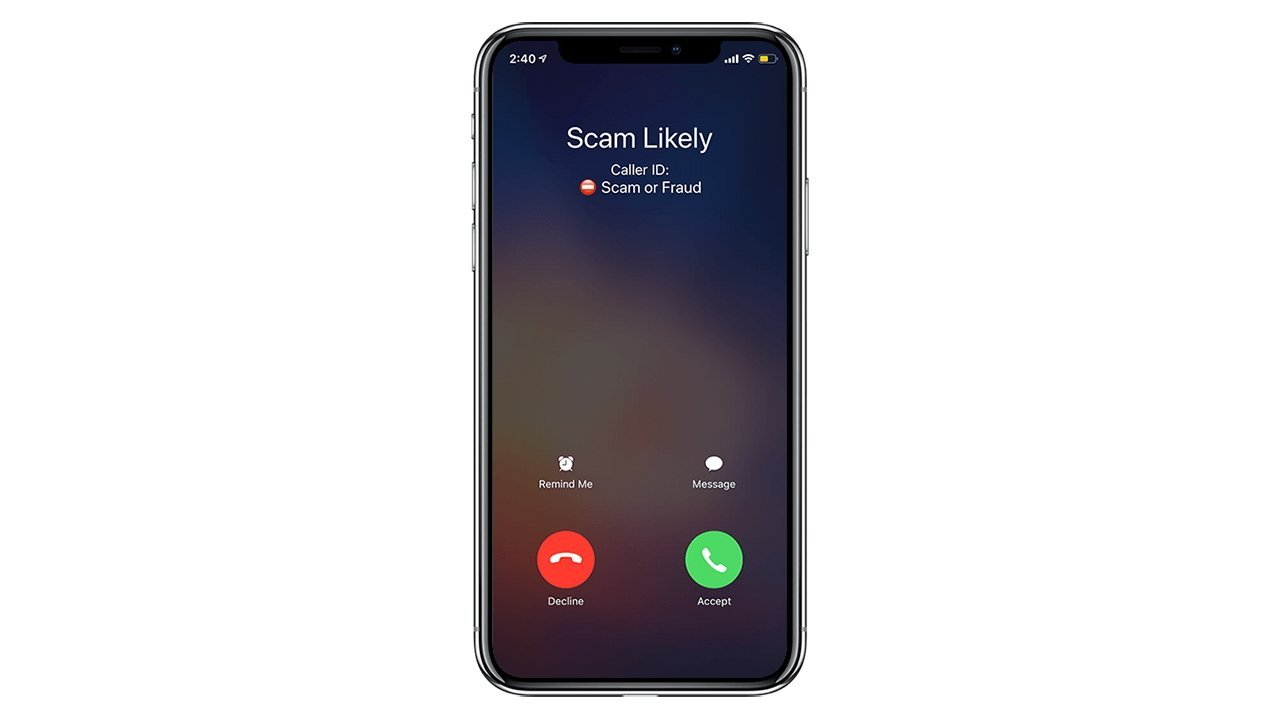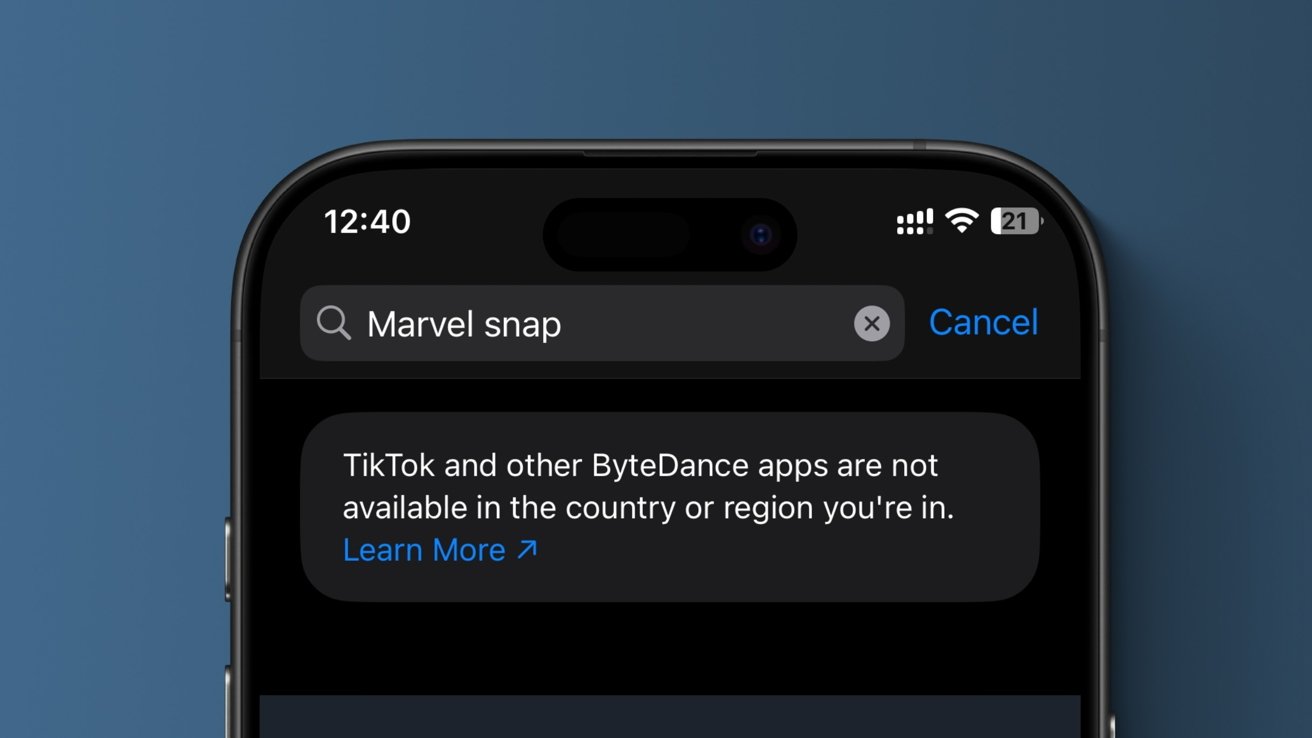How scammers are tricking iMessage users into disabling security protection
Share:
iPhone users are being warned about a surge in scam attacks via text messaging. Cybercriminals are sending texts via iMessage, tricking users into disabling Apple’s built-in phishing protection and allowing access to dodgy links. With people increasingly using their phone to pay bills, shop, book services and conduct business, Smishing (SMS phishing) has become a popular way for scammers to target their victims.
![[(FILES) The Apple logo is seen at the entrance of an Apple store in Washington, DC, on September 14, 2021. The EU on March 4, 2024 hit Apple with a 1.8-billion-euro fine ($1.9 billion) for violating the bloc's laws by preventing music streaming services from informing users about subscription options outside of its App Store. (Photo by Nicholas Kamm / AFP) (Photo by NICHOLAS KAMM/AFP via Getty Images)]](https://metro.co.uk/wp-content/uploads/2025/01/SEI_194486061-e7fc.jpg?quality=90&strip=all&w=646)
To protect users, Apple automatically disables links in iMessages sent from unknown senders. However, if a user replies to the text or adds the sender to their contact list, the links will be enabled. According to cybersecurity news site BleepingComputer, there has been a surge in smishing attacks over the past two months where the scammer encourages the user to reply to the text so the link is enabled.
It gave two examples, a fake unpaid road toll text and a fake USPS shipping issue. Both were from unknown senders, so iMessage automatically disabled the links. However, they ask the users to reply with ‘Y’ to enable the link. One of them says: ‘Please reply Y, then exit the text message, reopen the text message activation link, or copy the link to Safari browser to open it.’.
It’s become common practice for phone users to type Y and N, YES and NO and STOP to confirm/accept or opt out/cancel something, so by using this method criminals hope people will assume the scams are legitimate. Once they click the link the user is often encouraged to share bank details.





















